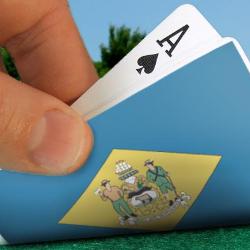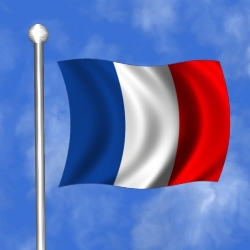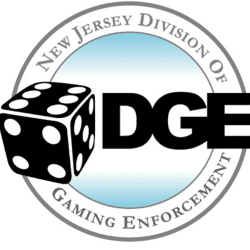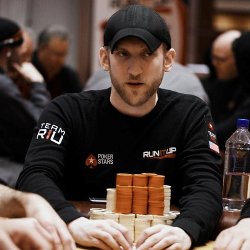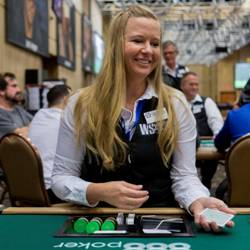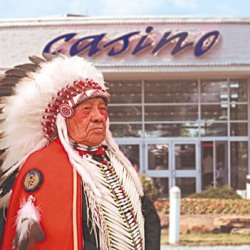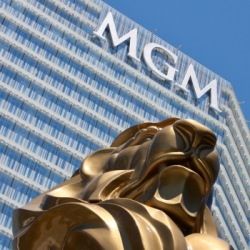Rake Increases Not a Concern for Recreational Players
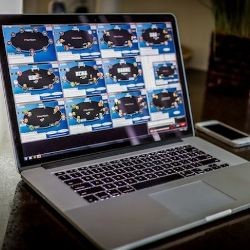
Many of the most popular poker sites have recently made some major changes to their player rewards structure by increasing the amount of rake collected on their games. For pro players, this has caused a major upheaval and a lot of loud protests.
When seasoned players who earn money by grinding the tables list all of the reasons why high rakes are bad for the game, they often point to recreational players and say that the fees will discourage them from playing. They view this as a smoking gun of sorts, as most sites are stating that their changes are meant to benefit recreational players, and encourage them to play. The pros gleefully point out that the rake is really about profits because the rake will actually hurt recreational players’ bankrolls. The problem with that argument is that it’s just wrong.
High rakes don’t hurt recreational players, and in some cases, they actually help them.
How?
Well, to fully understand why rake rates don’t hurt recreational players, you have to understand how a recreational player actually plays. Most people who play occasionally purely for fun come to a site and start off my playing less expensive games. They approach online poker as they might a slot machine. They want to win a few hands and then walk away a winner. Then, they might decide to try their luck at a more expensive table the same way that they might move on from a nickel machine to a quarter machine after a big win.
For a player that is only planning to play a few hands at any given table, rake isn’t much of a concern. If they manage to win, they may have paid out some of their winnings to the rake but they still managed to make a profit. You can think about it like a charge for a convenience check at the bank. If you only got a convenience check once a year and had to pay $1 for it, you wouldn’t bat an eye, but if you needed to go in and get one every week, having to pay $52 per year for the privilege might be more of a concern. For most recreational players, the rake won’t add up enough to be an issue.
Keeping The Sharks at Bay
As previously mentioned, recreational players can actually benefit from tables with a high rake, especially the ones that pro players view as unbeatable because the rake is such a large percentage of the game cost. The fact that the game isn’t profitable for grinders keeps the more experienced players away from the games, so recreational players are playing against a set of their peers with more equal skill levels. This gives them a much better chance of winning and walking away the way that they hope to.
Pros Facing Increasing Challenges
While recreational players are likely to not notice or worry about the higher costs, which is why so many online casinos are now shifting to higher rake rates, for pro players who make money by playing repeatedly the situation is undoubtedly a major concern.
One of the best and most convenient destinations for online poker pros is PokerStars, which controls more than half the world’s online poker traffic, and according to PokerScout currently has an average of 15,000 players at any one time. By comparison, its nearest rival 888poker has just 2,200 cash game players over the same period, which then falls to 1,300 for iPoker, and 1,200 for Bodog. On March 28th, PokerStars subsequently introduced its latest rake hike, which according to Eric Hollreiser, VP of Corporate Communications for PokerStars, was undertaken following a review of “the current business environment and the pricing policies employed across the competitive landscape for online gaming.”
PokerStars statisticians even released a graphic showing that despite the site’s rake increase that is still compared favorably to those of its competitors. If the facts weren’t convincing enough, PokerStar’s chief sponsored pro, Daniel Negreanu, also had these pearls of wisdom to offer disgruntled players:
“I’ve been playing poker for 20+ years, and I have personally never complained about a rake increase in my life, although, I do fully understand why people would. I used to play in a $10-$20 game back in Toronto where the rake was $10 a hand, plus you were expected to tip at least an additional $2.50 per hand. Despite that high rake, the game was still really good so I played it in often. When the time came where the game just wasn’t good enough to beat the rake anymore, I moved on and found a different game to play in.”


